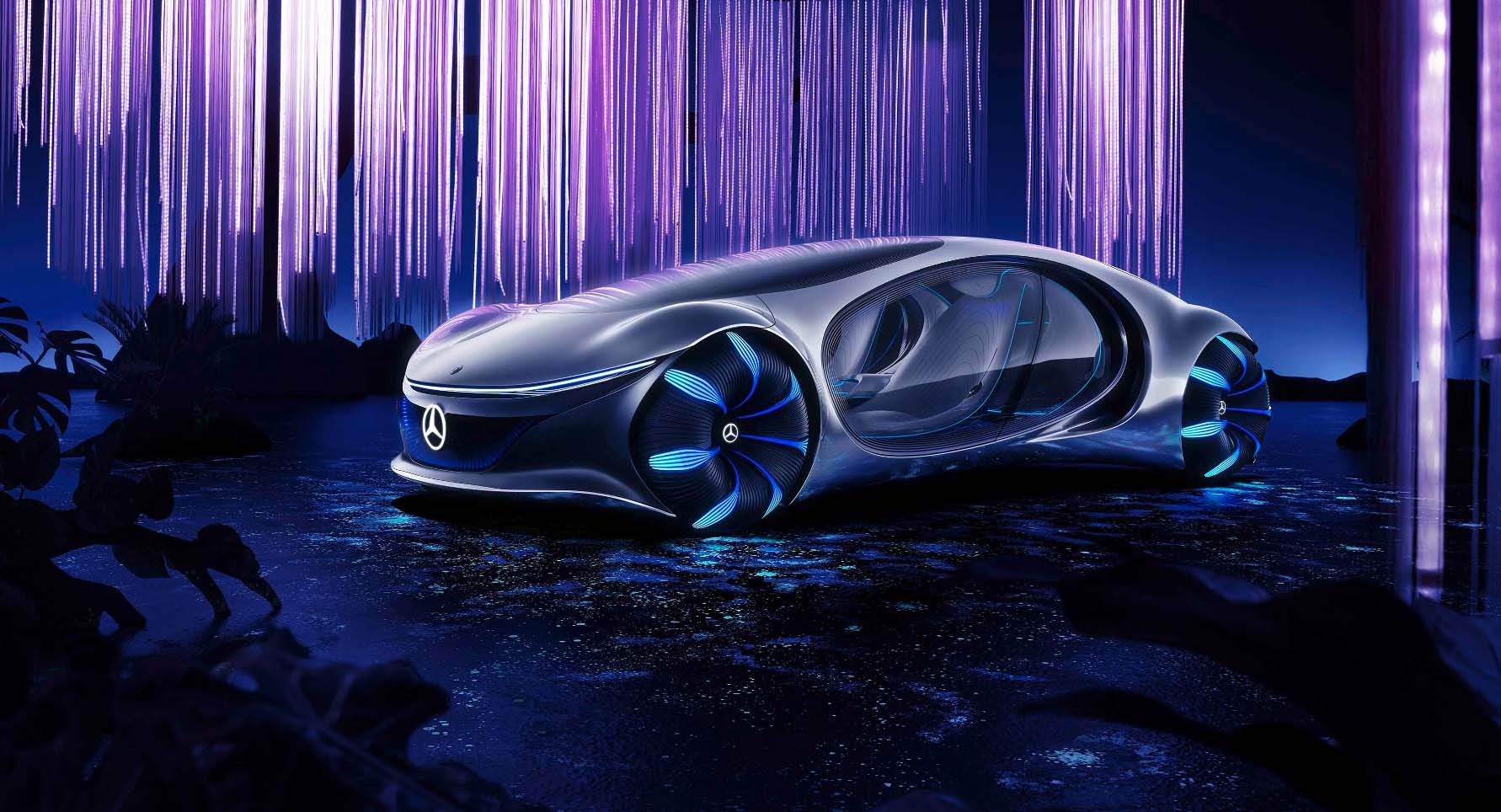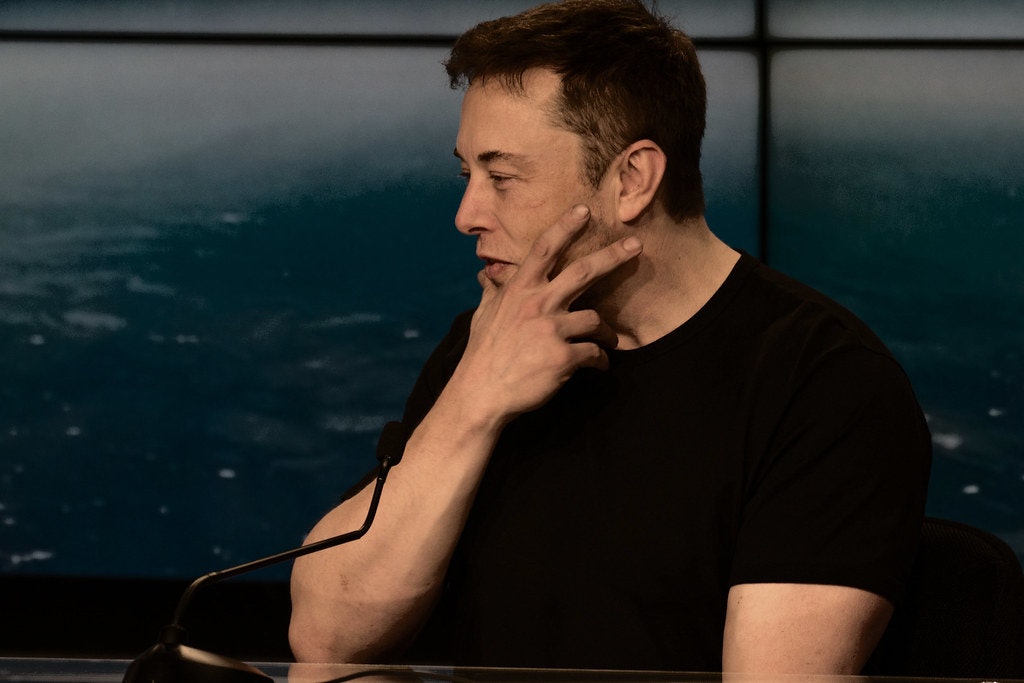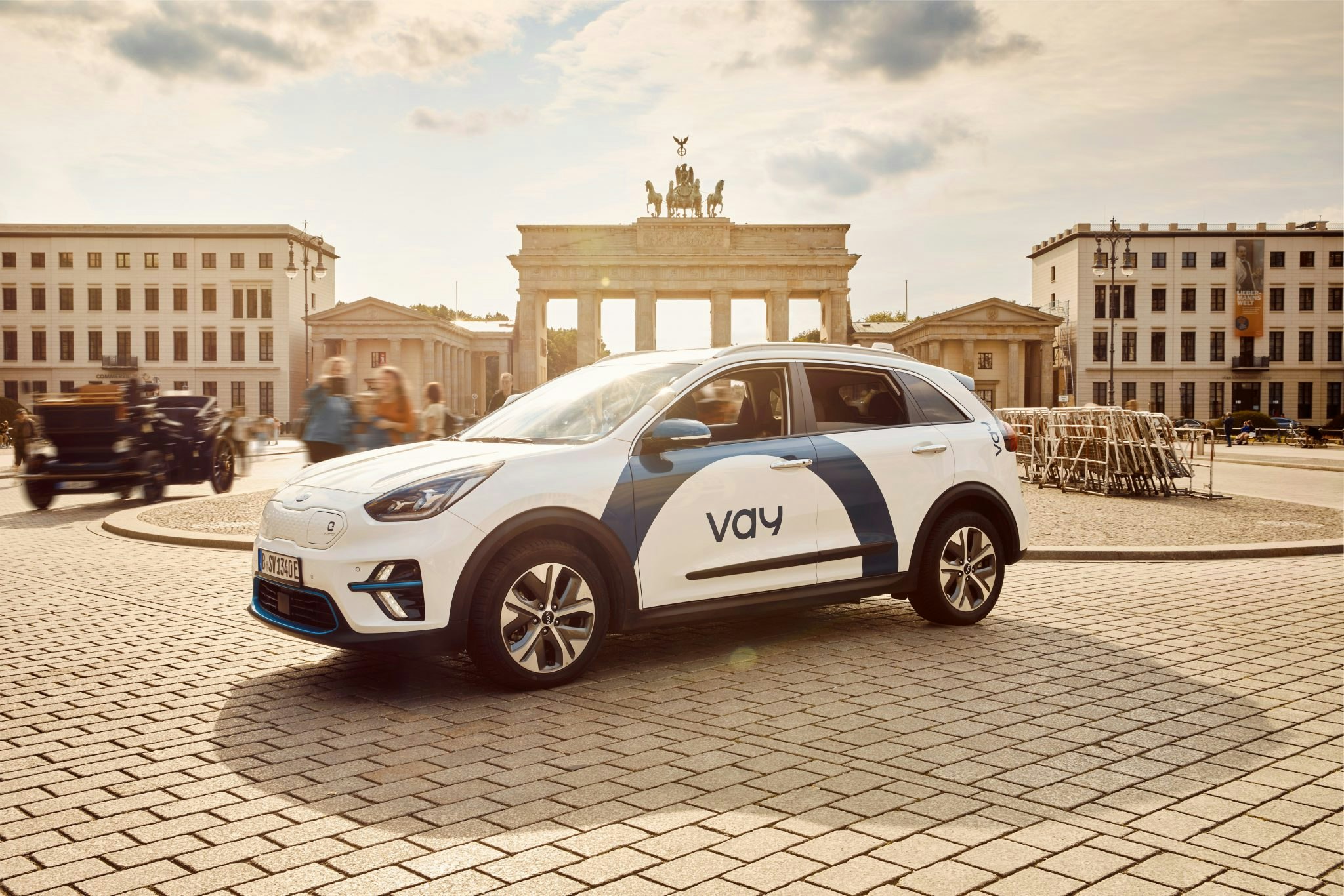This is the secornd part of our 3-part series profiling 12 companies that show us the future of the car.
Read the whole series here:
Part 1: Sustainable cars — beyond just an EV battery
Part 2: Connected cars — beyond just traffic updates (and the distant dream autonomous driving)
Part 3: Cars that fly and change shape — and are available to buy from next year
What’s possible now that cars are constantly connected to the internet? Much of the focus so far has been on providing cars with accident support, traffic updates and the holy grail: autonomous driving.
But there is now a new wave of startups thinking up new opportunities from the connected car — from ass monitoring to remote driving to haptic controls.
Who are they? And how are they reinventing the car?
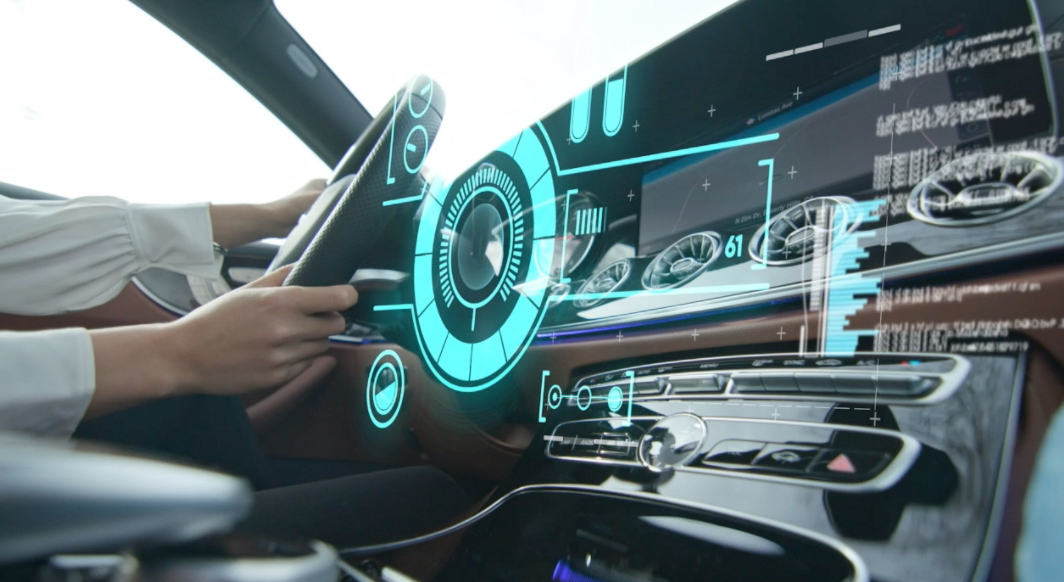
Your car is your fitbit
One of the most exciting possibilities of a truly connected car is the ability to turn it into a health monitoring suite.
Future motors could be able to automatically recognise cardiac events in drivers, via hidden sensors in the steering wheel, and issue personal alert warnings.
Your steering wheel could send health updates to your doctor.
One of the companies working on this is B-Secur, a biometrics company located in Belfast, which is doing heartbeat detection tech with carmakers including Honda, Daimler and Jaguar.
“Your steering wheel could send health updates to your doctor,” says B-Secur’s chief commercial officer, Ben Carter.
He adds that it could help stop drivers from getting too sleepy or too stressed.
“The car could react in different ways if it detected driver stress — maybe by teeing up a soothing song on the radio. “The opposite if you’re drowsy — a bit of Rage Against the Machine,” Carter said.
“Technology life cycles are long in the car industry; things can take five-seven years to advance. Covid was also brutal for R&D,” said Carter. “But there’s no doubt in my mind we’re going to start seeing an array of wellness solutions around the car.”

Recognising your heartbeat and (maybe) your ass
Such monitoring could be good for security as well, as heartbeat detection biometrics of this kind could also make cars more difficult to steal.
Every heartbeat is unique. A fingerprint is essentially a 2D photo, but an electrocardiogram is an ever-changing thing”.
“Every heartbeat is unique and depends on everything from your shape, your height, ethnicity, weight, gender and the thickness of the walls of your heart,” says Carter. “A live ECG [electrocardiogram] can really tighten up cybersecurity; a fingerprint is essentially a 2D photo, but an ECG is an ever-changing thing”.
Vic Harkness at F-Secure Consulting, a security consultancy, agrees this is an exciting avenue for security. “It would be incredibly difficult to spoof this kind of data; I’m saying difficult, not impossible, because if you say that someone will do it.”
There are other efforts at bio-monitoring for security, with one experiment in the field including research to identify car owners by the unique shape of their buttocks.
“Yeah, you kind of can [do that],” says Harkness. A few years ago, engineers from the Advanced Institute of Industrial Technology in Tokyo developed an anti-theft system using ass grooves in the driver seat.
Would-be thieves coming up against this kind of tech would need to go to extreme lengths to steal a car.
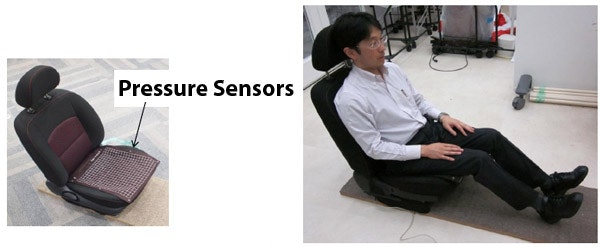
Vay and Ottopia: Remote driving
For decades, the dream of many in the auto industry has been creating driverless cars, something that is becoming increasingly possible thanks to their reliable connectivity.
But more likely for now is a fleet of driverless cars controlled remotely by a team of humans, which is to hit the streets of at least one European city next year, according to Berlin-based startup Vay.
A fleet of cars controlled by remote teledrivers will start operating in at least one European city next year.
The startup, which has so far been in stealth mode, has been testing the technology in Berlin for two years and is now confident it can get regulatory approval to operate the service for real.
The idea is that a 'teledriver' based in a control centre somewhere can pilot the vehicle, based on video-streamed images from the car. The teledrivers have the advantage of not getting tired, drunk or distracted, thereby cutting down on accidents.
It may not be the kind of autonomous driving that much of the industry has been expecting — but the glitches of fully autonomous vehicles are still not ironed out, and the lidar systems needed to help control autonomous vehicles are still very expensive. This is a way of getting at least some of the benefits of driverless cars out faster, Vay cofounder and CEO Thomas von der Ohe told Sifted.
Vay is by no means the only startup working on this. 2018-founded Israeli startup Ottopia is also creating a teledriving platform that would allow people to remotely control vehicles from thousands of miles away, with some assistance from AI features.
Ottopia recently raised $9m from investors including Hyundai Motor Group and IN Venture, the Israel-focused venture capital arm of Sumitomo Corporation. It is running a remote driving pilot programme with T-Systems, the German telecoms operator.
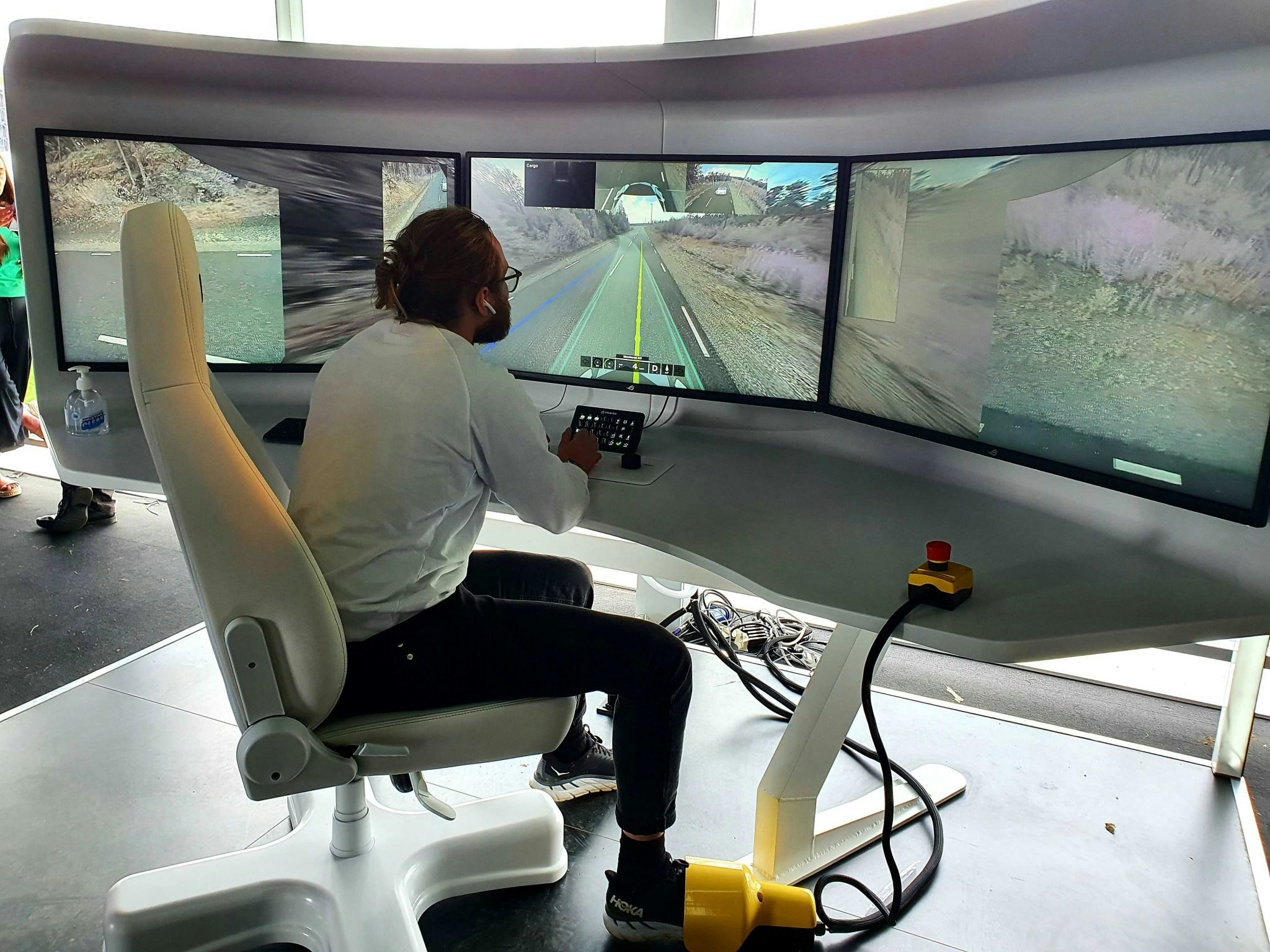
Einride, the Swedish maker of electric trucks is also using a similar system to control its trucks. Although the trucks are able to operate entirely autonomously in many situations, there is a human operator supervising the vehicle from a control centre, who can take over when needed.
Phantom Auto, in the US, is also providing software for remote driving. Although it is at the moment mainly being used to drive forklifts and other warehouse vehicles for companies like coffee company Kenco and French logistics company Geodis.
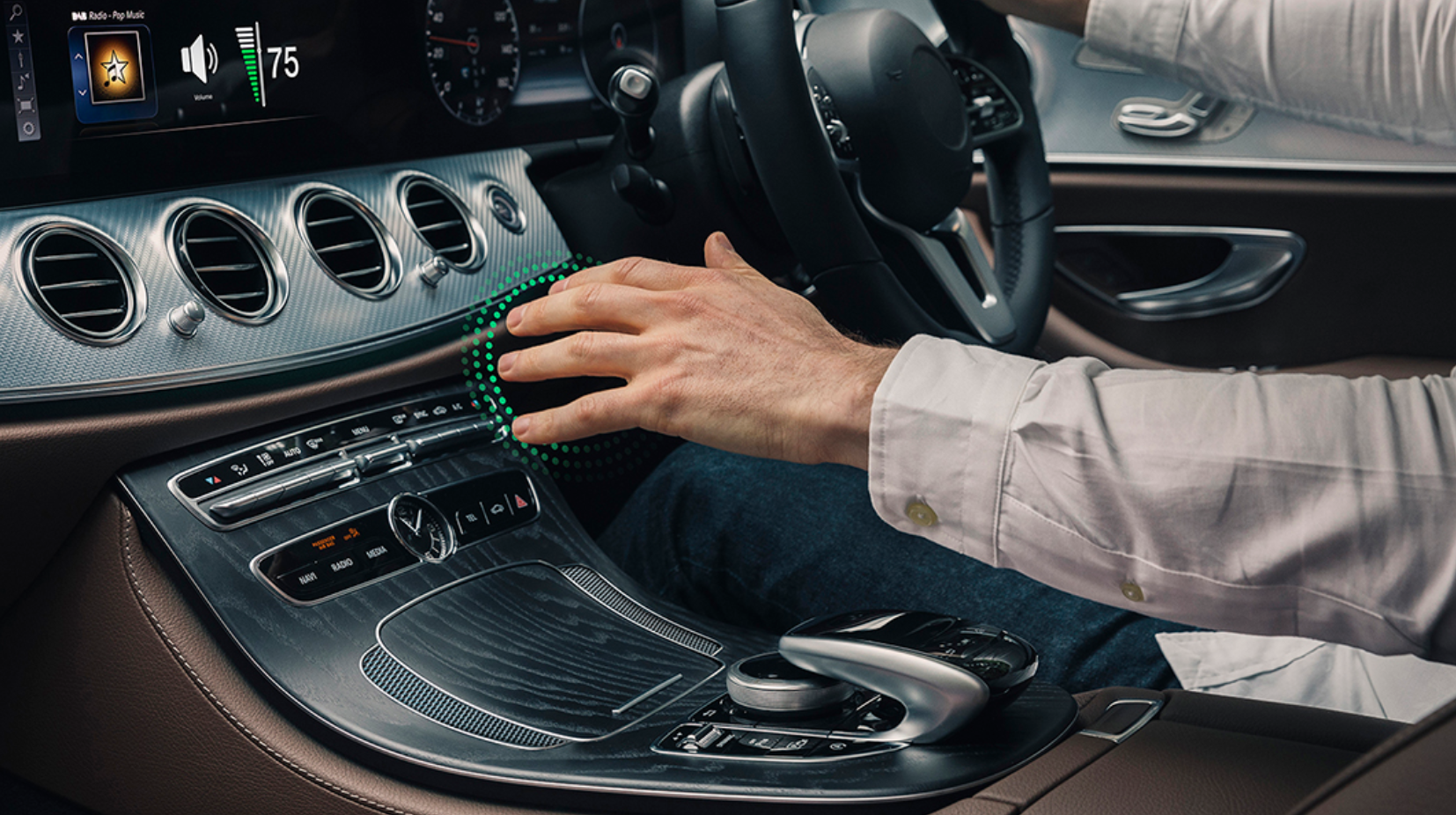
Ultraleap: gesture controls
A connected car that is sophisticated enough to allow it to be controlled remotely and also be a mobile health monitoring suite is going to be pretty complicated to control with just your few buttons on the dashboard.
That is why Bristol-based Ultraleap is developing technology for cars that allow a driver to turn up the music or switch on the air conditioning with a hand gesture and feel what they’re doing in mid-air.
But why do we need to be able to control the dashboard in our car like we're in a futuristic sci-fi flick? Because button controls are increasingly obsolete, says Ultraleap’s Carter, as ‘infotainment systems’ are built out with more functionality.
As more technology was packed into mobile phones the keypad became inefficient, so manufacturers moved to touchscreens.
As cars become more connected and complex like smartphones, Carter tells Sifted, they need a different kind of user interface. “As more technology was packed into mobile phones the keypad became inefficient, so manufacturers moved to touchscreens.”
The problem with touchscreens in cars is that you can’t feel what you’re doing, which means you need to take your eyes off the road, he adds. It’s an obvious hazard, and that’s where being able to gesture and feel what you’re doing in mid-air comes in handy.
To do this, Ultraleap is building two technologies that work together. One is hand tracking, using a camera that generates 3D imagery, and the other is haptics. Simply put, haptics is a technology that simulates the sense of touch or motion, which Ultraleap does by sending sound waves back to the gesturing hand that vibrate the surface of the skin.
Using gestures and haptics reduced driver glance time by 25% and errors by around 20%, on touchscreen controls.
The University of Nottingham conducted a study in 2020 that found using gestures and haptics reduced driver glance time by 25% and errors by around 20%, on touchscreen controls.
Ultraleap was founded in 2013 as a spinout of Bristol University, and has been working with the automotive industry on haptics for five years, says Carter. Who it’s been working with, however, is a little more opaque.
While he was able to share details of some projects — like working with car manufacturer DS on a concept car featuring haptic controls for the Geneva Motor Show — much of the work was under lock and key behind an NDA.
“Automotive companies are generally incredibly strict on their non-disclosure agreements,” Carter tells Sifted. One partner told Ultraleap all of the work it did with them had to be done in a windowless room.
The partners Carter was able to share with Sifted were French car group PSA — which owns brands like Peugeot, Citroën and DS — and electronics manufacturers Bosch and Harman.
You don't want to use a touchscreen that everybody else has been touching all day.
Ultraleap is the only company that provides haptic feedback in the air, he adds, so the competition comes from car companies going down the route of haptic touchscreens — that might vibrate when pressed. It’s not a question of providing something quicker or faster, it’s a question of philosophy, says Carter.
One future application Carter sees real value in for Ultraleap’s haptic technology is autonomous driving fleets. As we move towards that, he says, fewer people will own cars and more will be shared with others.
“It’s part of Tesla’s manifesto, that they intend to operate a large fleet of autonomous vehicles that you order on an app and share with others. You don't want to use a touchscreen that everybody else has been touching all day.”
There’s also going to be a huge amount of competition in the space, Carter tells Sifted, and so there’s going to be a lot of focus on “the experience” within the vehicle.
Attack entry points grow
There is a downside to all this car connectivity.
As cars get smarter, they present cybercriminals with fresh targets to exploit. Attack entry points are multiplying: hackers have had joy breaking into modern cars using phones; others have broken in via electric charging stations.
In 2020, two German security researchers managed to hack and remotely access parked Tesla vehicles using a drone. A year earlier, in Chicago, 100 Mercedes-Benz vehicles were stolen after hackers exploited a weakness in car-sharing company car2go's app.
The majority of new hacks we see are coming from mobile applications.
“In fact, the majority of new hacks we see are coming from mobile applications,” says Yoav Levy, cofounder and CEO of Israel-based Upstream, which recently announced a funding raise of $62m. The automotive cybersecurity company monitors almost 4m connected vehicles on its platform across the US, Europe and Japan.
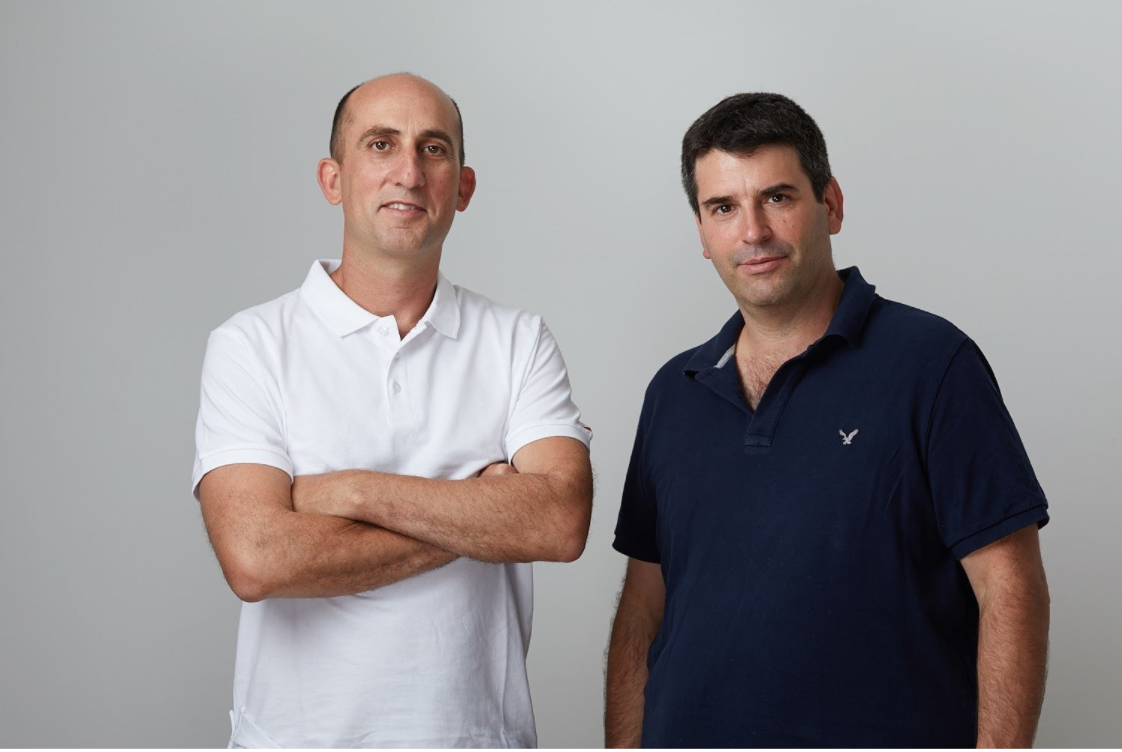
“If you want to hack a vehicle, it’s complicated. The bar is a little bit higher than hacking traditional IT systems, but the hackers are gaining more knowledge all the time,” Levy adds.
The scenario every auto exec dreads is a file-encrypting ransomware breach, similar to the attacks targeting schools in the Netherlands and the national health system in Ireland. Last year saw Honda manufacturing plants in Ohio go offline after a cyberattack compromised some of the Japanese automaker's facilities.
“The worst-case scenario is a delivery company getting locked out of its own fleet on Christmas Eve,” said Levy. “This is where thieves would see a very good return on their investment.”
If you want to hack a vehicle, it’s complicated. The bar is a little bit higher than hacking traditional IT systems, but the hackers are gaining more knowledge all the time.
The reputational damage of a hack for a carmaker could be huge, said Harkness. The most famous cyber hijack on a car was in 2015 when security researchers on a laptop 10 miles away commandeered a Jeep Cherokee, changed a channel on the radio, turned on the windshield wipers and blasted cold air. Jeep had to recall over 1m vehicles.
“If I’m nervous about these technologies it’s because I know stuff breaks,” said Harkness. She tells the story of a buggy home automation system that erroneously detected fires. “Homeowners couldn’t lock their doors as a result,” she says.
Will we miss dumb cars? “At least if there’s a problem with the car today, me and my mates can get it up on some blocks and take a look at it,” Harkness adds.
A different relationship with your car
Whether some of us end up finding a connected (and therefore hackable) car stressful or not, it is clear that the relationship we have with our cars will change dramatically.
Cars that we don’t have to drive ourselves can turn into a shopping channel, an entertainment centre or a place to get a wellness check. You will no longer be taking your car to get an MOT — the car will be doing an MOT on your vital signs.
A concept car created by British designer Thomas Heatherwick already envisions the way that car interiors will change, morphing into a dining space on wheels or even an extra bedroom.
Just as the arrival of the smartphone created a new universe of app companies, so the smartphone on wheels will create a new ecosystem of auto industry suppliers. The ones we have outlined here are just the start.
This is the secornd part of our 3-part series profiling 12 companies that show us the future of the car.
Read the whole series here:
Part 1: Sustainable cars — beyond just an EV battery
Part 2: Connected cars — beyond just traffic updates (and the distant dream autonomous driving)
Part 3: Cars that fly and change shape — and are available to buy from next year

